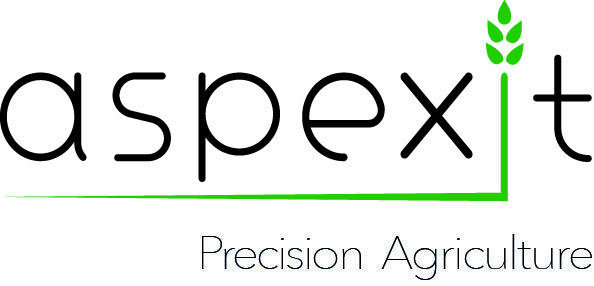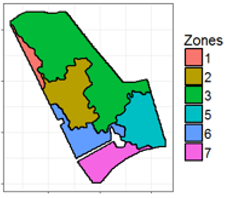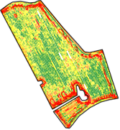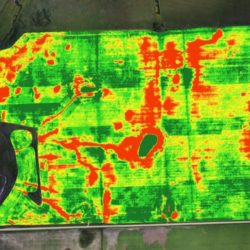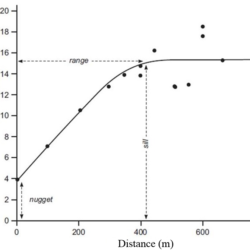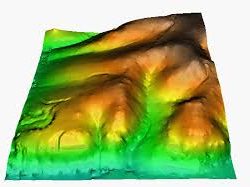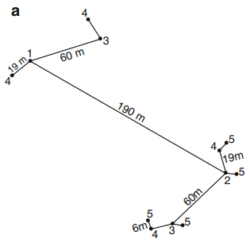Delineation of management classes and management zones in Precision Agriculture
Management zones or management classes ? Site-specific management is a common practice in Precision Agriculture. The objective is to delineate management zones within the fields that will be the place of variable rate applications. Most common strategies of differentiate management include fertilization, irrigation and harvest. To produce variable rate application maps, two approaches are generally adopted. Read more about Delineation of management classes and management zones in Precision Agriculture[…]
